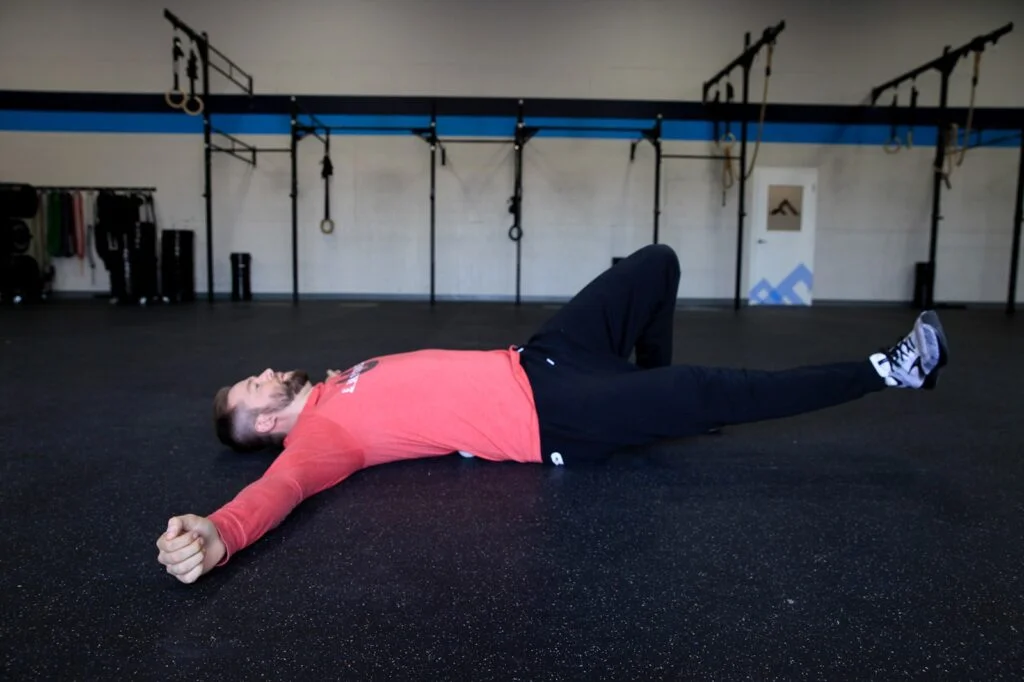Introduction: Why Front-Focused Muscles Deserve a Closer Look
Let’s be honest — when it comes to body pain, most people are either stretching the wrong thing or blaming the wrong muscle. Tight hamstrings? Probably not the hamstrings. Achy back? The real problem might be in the front. Surprising? Not really — because most of us aren’t paying enough attention to the anterior chain.
At Empower U, we hear it all the time:
“I’ve been stretching and foam rolling, but nothing is changing.”
“My lower back hurts, and I don’t even know why.”
“My posture is awful, and I sit all day.”
Sound familiar? Then your anterior chain might need some love.
In this guide, we’re breaking down what the anterior chain actually is, why it matters, what can go wrong with it, and most importantly — what you can do to feel better and move better. Let’s dive in.
What Is the Anterior Chain?
The anterior chain is just a fancy term for the muscles on the front side of your body — from your shins all the way up to your shoulders. These muscles work together to help you bend, lift, walk, sit, stand, and stabilize.
Here are the key players:
- Tibialis anterior (front of your shin)
- Quadriceps (front of the thighs)
- Hip flexors
- Rectus abdominis (your abs)
- Obliques (sides of the torso)
- Pectorals (chest)
- Front deltoids (front of the shoulders)
Together, this team of muscles keeps you upright, helps you move forward, and stabilizes your body. When the anterior chain is tight, weak, or overused, it can cause real problems — not just in the front, but all over.
Why It Matters
The body is a connected system. You can’t treat it like a collection of isolated parts. The anterior chain has a huge influence on posture, balance, and performance. When it’s out of sync, it can create compensation patterns, muscle imbalances, and even pain in places that seem unrelated.
Ever felt lower back tightness after sitting all day?
Knees that ache after a walk?
Neck tension you can’t shake?
That might not be a back, knee, or neck issue. It might be your anterior chain doing too much, or not doing its job well at all.
Common Causes of Anterior Chain Problems
Here’s the thing: life isn’t very anterior-chain friendly. Between our work habits, workout routines, and movement shortcuts, we end up overloading these frontside muscles without giving them the support (or breaks) they need.
1. Too Much Sitting
When you sit, your hip flexors and quads stay shortened for long periods. This leads to tightness, poor alignment, and often back pain when you try to stand and move around.
2. Imbalanced Workouts
If you’ve been hitting the gym and focusing on chest, arms, and legs — but skipping your glutes, back, and core stabilization work — your anterior chain gets overdeveloped and tight, while your posterior chain is left undertrained.
3. Old Injuries or Poor Movement Habits
Sometimes it starts with a limp after a sprained ankle, or a bad habit from poor posture at work. Either way, your body adapts — and that compensation puts stress on muscles that weren’t meant to do all the work.
4. Postural Issues
Conditions like anterior pelvic tilt or forward head posture put the anterior chain on overdrive. It becomes overactive in some areas and underactive in others — which messes with how you move.
5. Stress and Breathing Patterns
It might surprise you, but your breathing muscles — like your diaphragm and abdominals — are part of the anterior chain. Shallow chest breathing and stress can create tightness, especially around your chest and shoulders.
How Do You Know If Your Anterior Chain Needs Help?
Listen to your body. It’s smarter than we give it credit for. If your anterior chain is out of balance, your body will try to tell you.
You might feel:
- Tight hips or quads
- Lower back tension
- Knee pain when going downstairs or squatting
- Forward-leaning posture
- Tension across your chest or shoulders
- Weak core engagement or difficulty stabilizing
These may start subtle, but over time, they can develop into chronic pain or injury if left unaddressed.
How to Diagnose the Problem
You don’t need to self-diagnose everything — but it helps to be aware. At Empower U, we often begin with a detailed movement assessment to look at how your body functions as a whole.
Still, here are some signs that professional evaluation is needed:
- Pain that doesn’t improve after rest or stretching
- Pain that radiates (especially into the front thigh or groin)
- Loss of strength or stability
- Recurring discomfort during daily activities
If any of these sound like you, we strongly suggest booking a personalized movement evaluation.
Treatment Options
Now for the good stuff — how to fix it.
We don’t believe in one-size-fits-all solutions. But there are some proven steps we take at Empower U that help people unlock their anterior chain, improve balance, and move freely again.
Step 1: Movement Re-education
We’ll teach your body how to move in healthier patterns. That might mean changing the way you walk, run, or even get up from a chair.
Step 2: Manual Therapy
Our therapists use hands-on techniques to release tension in tight areas like your quads, hip flexors, or abdominals. This allows for better muscle activation and smoother movement.
Step 3: Strength Training (Smart and Balanced)
We focus on balanced strength, not just “getting stronger.” That means activating the posterior chain (like glutes and hamstrings) while teaching your anterior muscles to fire correctly without overcompensating.
Step 4: Core Stability Work
No, not just crunches. We teach functional core training that helps you stabilize your spine, improve posture, and support your whole kinetic chain.
Step 5: Breathwork and Posture Coaching
Yes, breathing matters — more than most people realize. Correcting your breathing patterns can reduce tension in the anterior chain and improve core function.
How to Prevent Future Issues
We’re not just about fixing problems — we’re about keeping you ahead of them. Once we get your anterior chain back on track, here’s how to keep it that way.
Move Often
Break up sitting time with short walks, standing stretches, or hip mobility work. Even a few minutes every hour can help.
Train Both Sides
Make sure your workouts hit the front and back of your body. If you bench press, also row. If you do quad-heavy squats, add glute bridges.
Warm Up Properly
Your anterior chain needs to be activated and mobile before workouts. A good warmup can prevent strain and improve performance.
Mind Your Posture
Sitting up straighter isn’t about looking formal — it’s about giving your body space to breathe and move naturally.
Ready to Get to the Root of the Problem?
If you’ve been stretching endlessly, foam rolling with no relief, or wondering why your body just doesn’t feel “right” — we can help.
At Empower U, our mission is to help you feel empowered in your body again. Whether you’re dealing with pain, tightness, or just trying to move better, we’ll create a customized plan that works for you — your goals, your body, and your lifestyle.
You don’t have to guess your way out of pain.
Let’s fix the root cause — together.
Schedule your first session with Empower U now and take that first step toward freedom of movement.


